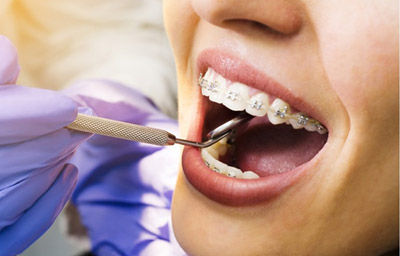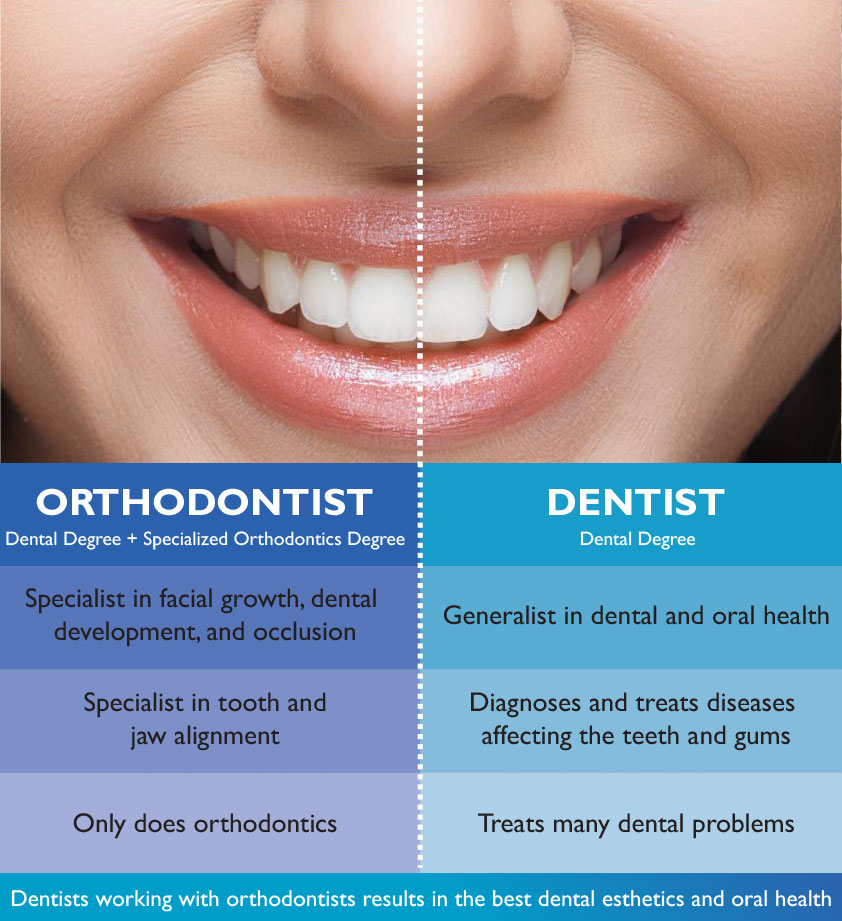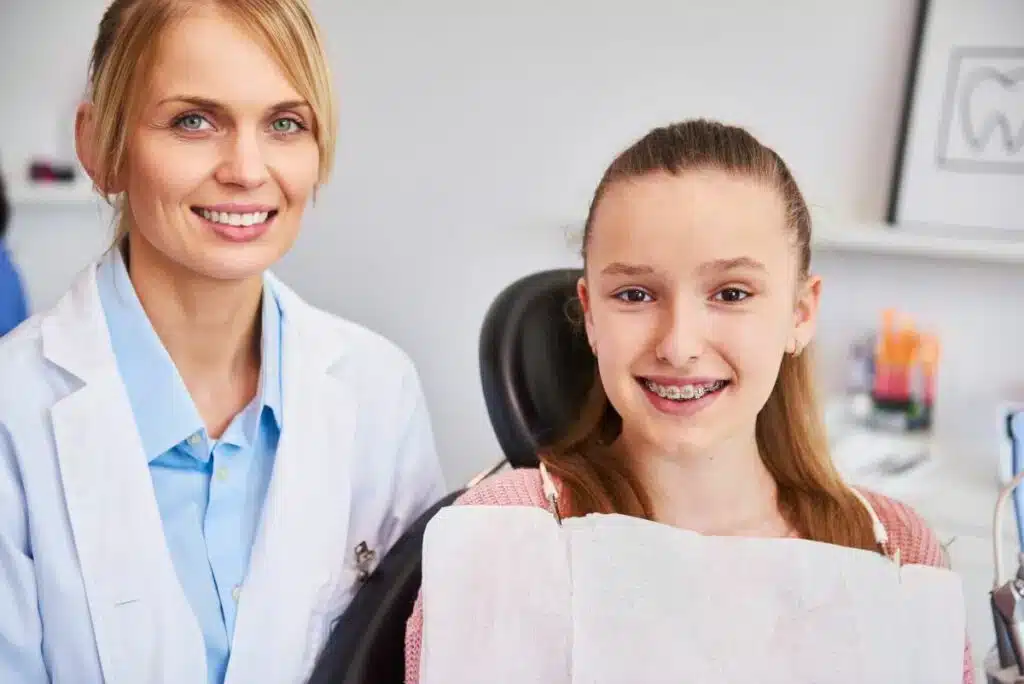Indicators on Causey Orthodontics You Need To Know
Table of ContentsThe Single Strategy To Use For Causey OrthodonticsWhat Does Causey Orthodontics Do?A Biased View of Causey OrthodonticsWhat Does Causey Orthodontics Do?The 8-Second Trick For Causey Orthodontics
Ignoring occlusal partnerships, it was common to get rid of teeth for a variety of oral issues, such as malalignment or congestion. The concept of an undamaged dentition was not commonly valued in those days, making bite relationships seem irrelevant. In the late 1800s, the principle of occlusion was crucial for creating trusted prosthetic replacement teeth.As these concepts of prosthetic occlusion advanced, it became an indispensable device for dentistry. It remained in 1890 that the work and effect of Dr. Edwards H. Angle started to be felt, with his payment to contemporary orthodontics specifically noteworthy. Concentrated on prosthodontics, he showed in Pennsylvania and Minnesota prior to guiding his focus towards oral occlusion and the therapies required to preserve it as a normal problem, thus ending up being understood as the "papa of contemporary orthodontics".

The idea of suitable occlusion, as proposed by Angle and incorporated into a classification system, made it possible for a shift in the direction of treating malocclusion, which is any kind of variance from regular occlusion. Having a full set of teeth on both arcs was extremely sought after in orthodontic therapy because of the need for specific partnerships between them.
The Ultimate Guide To Causey Orthodontics
As occlusion ended up being the essential priority, facial proportions and aesthetics were overlooked - best orthodontist near me. To accomplish ideal occlusals without using external forces, Angle postulated that having ideal occlusion was the most effective method to get maximum face aesthetics. With the passing of time, it came to be quite noticeable that even an exceptional occlusion was not ideal when thought about from a visual viewpoint
It came to be apparent that orthodontic therapy could readjust mandibular development, bring about the formation of functional jaw orthopedics in Europe and extraoral force actions in the US. These days, both practical home appliances and extraoral tools are used around the world with the purpose of modifying growth patterns and kinds. Subsequently, seeking true, or at the very least boosted, jaw relationships had ended up being the major objective of therapy by the mid-20th century.
The Best Strategy To Use For Causey Orthodontics
 Up until the mid-1970s, braces were made by covering metal around each tooth. https://www.fodors.com/community/profile/causeyortho7/about-me., it became possible to instead bond metal brackets to the teeth.
Up until the mid-1970s, braces were made by covering metal around each tooth. https://www.fodors.com/community/profile/causeyortho7/about-me., it became possible to instead bond metal brackets to the teeth.This has had meaningful results on orthodontic treatments that are provided consistently, and these are: 1. Right interarchal connections 2. Appropriate crown angulation (tip) 3.
The benefit of the style depends on its brace and archwire combination, which requires only minimal cord bending from the orthodontist or clinician (affordable orthodontist near me). It's appropriately named after this feature: the angle of the port and density of the bracket base eventually identify where each tooth is located with little need for added manipulation
See This Report about Causey Orthodontics
Both of these systems utilized the same brackets for every tooth and necessitated the bending of an archwire in three airplanes for situating teeth in their wanted positions, with these bends determining best placements. When it concerns orthodontic devices, they are divided into two kinds: removable and repaired. Detachable devices can be taken on and off by the individual as required.

Therefore, nearly all contemporary set home appliances can be taken into consideration variants on this edgewise home appliance system. Early 20th-century orthodontist Edward Angle made a major payment to the globe of dentistry. He created 4 unique appliance systems that have actually been utilized as the basis for numerous orthodontic therapies today, preventing a few exceptions.
A Biased View of Causey Orthodontics

The cable ended in a thread, and to relocate ahead, a flexible nut was made use of, which allowed for an increase in circumference. By ligation, each individual tooth was connected to this large archwire (Causey Orthodontics). Because of its restricted series of motion, Angle was incapable to attain specific tooth positioning with an E-arch
These tubes held a soldered pin, which could be rearranged at each visit in order to move them in area. Referred to as the "bone-growing device", this gizmo was supposed to motivate healthier bone growth because of its possibility for transferring force straight to the origins. Implementing it verified frustrating in truth.